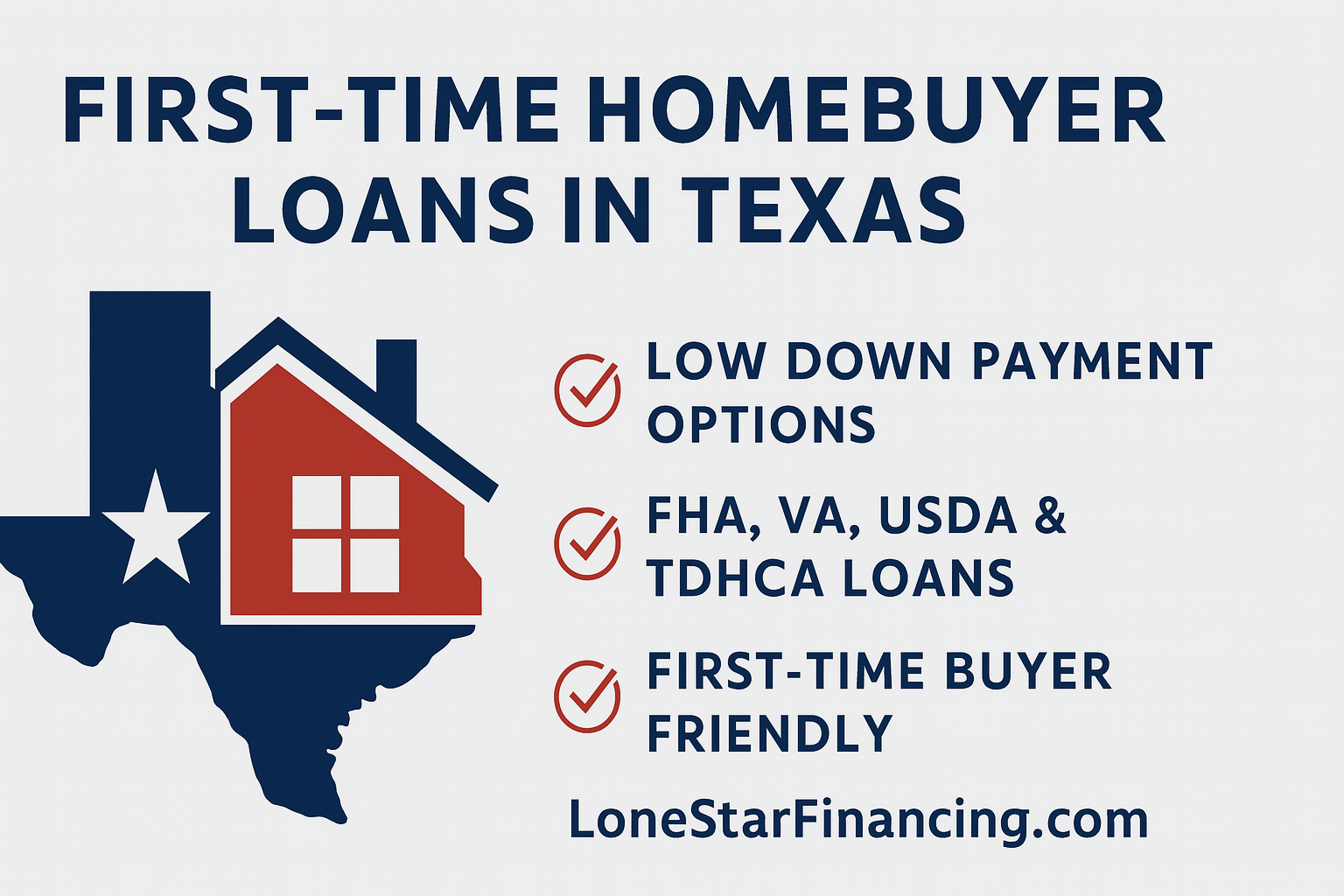
Move-in ready or needing renovation? Small renovations or down to the studs redo? These are big questions when you’re house shopping and need a mortgage for a home renovation. Most people are familiar with the general mortgage process: Find a house, apply for a loan, put some money down, get an appraisal, go through closing, and then move in! It’s the most common way of buying a new house. But what if you want to purchase a home that needs a little work? Or a lot of work? These two scenarios are very different from the standard move-in ready option, and pose some additional challenges.
What’s different about a mortgage for a home renovation?
The biggest difference is that you’re applying for a mortgage based on the value of the house after the renovation, and not what the home is worth at the time of purchase. This fact alone puts the lender in a riskier position. So, the process to calm the lender’s fears and get the loan you want can be lengthier and more involved. Also, the type of loan you’ll need is different than a standard loan. While there are conventional mortgage options, there are also two other types of loans that fit the bill when you’re buying a home that needs renovations. One is the Federal Housing Administration (FHA) 203(k) mortgage, and the other is the FannieMae HomeStyle Renovation mortgage.
Which home renovation mortgage is right for you?
A number of factors will go into making this decision. The 203(k) mortgage may be a better fit if you’re doing a small remodel as opposed to some major work. The 203(k) offers two different types of mortgages, the standard and the limited. The limited is for smaller renovations that don’t require any structural modifications, such as adding a deck or upgrading the plumbing. The standard can be used for a more in-depth renovation like adding a room. Either way, the 203(k) can be a better fit for people who may not have the best credit score. The FannieMae HomeStyle Renovation mortgage can be used for any size remodel, but requires a better credit score than the 203(k).
But be ready! No matter which option you choose, the process will be longer and more involved than a traditional move-in ready mortgage. You’ll need to find a reliable, licensed and bonded contractor who has done these type of renovations before, get your lender to approve your plans, and get an appraisal of the property with the anticipated renovations to match the amount you’re requesting. This can be a long and demanding road.
They key is to find a contractor who has worked with these kinds of mortgages before. Your lender will want to be involved with the contractor to make sure the renovations are in line with approved loan amount, and that the value of the home will be as close as possible to what you are asking for. Don’t get discouraged! A good team of professionals can make this process run smoothly, and help you get the home of your dreams.
Whichever route you chose, remember, good planning, a team you trust, and selecting the right mortgage will pay off in the end.



